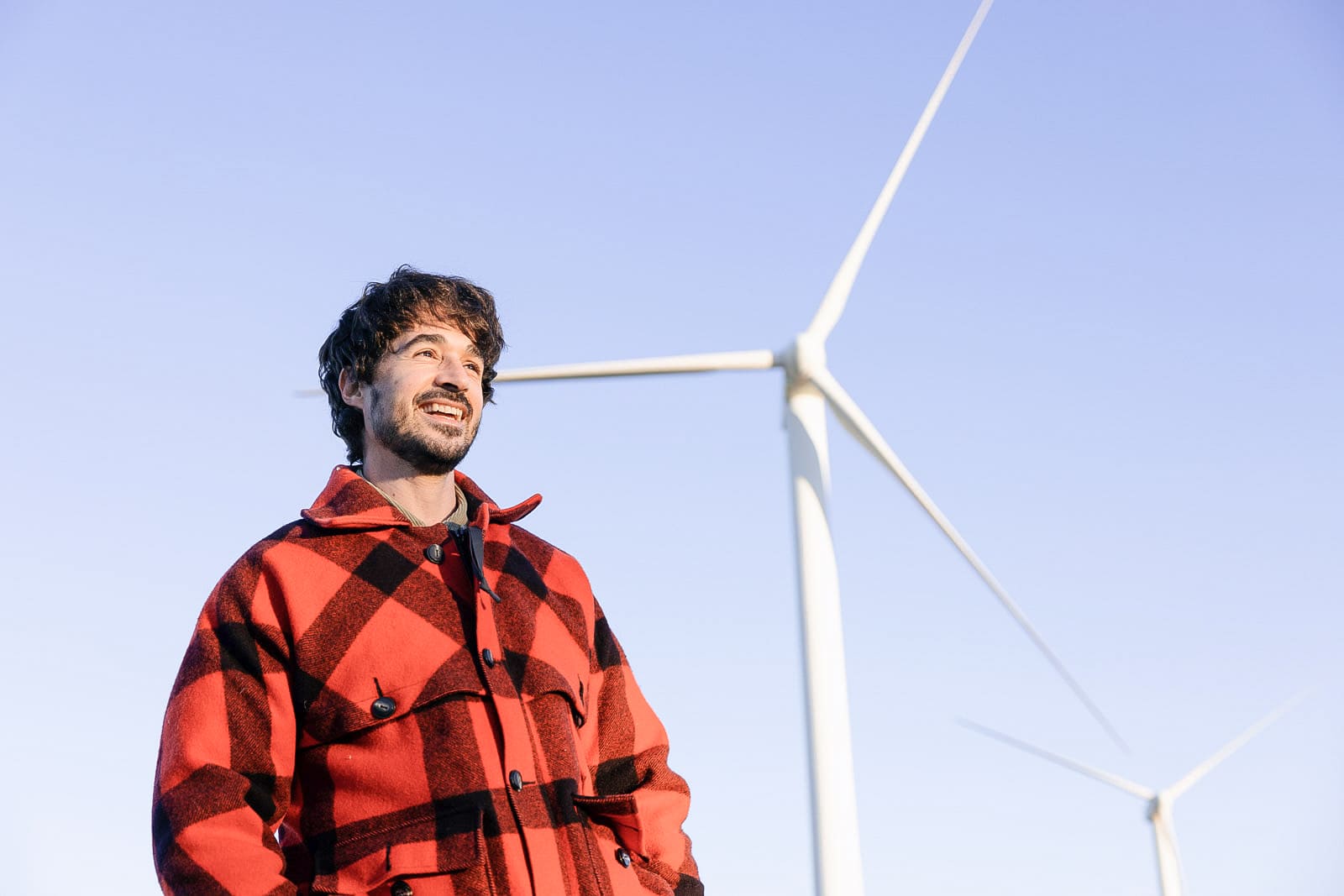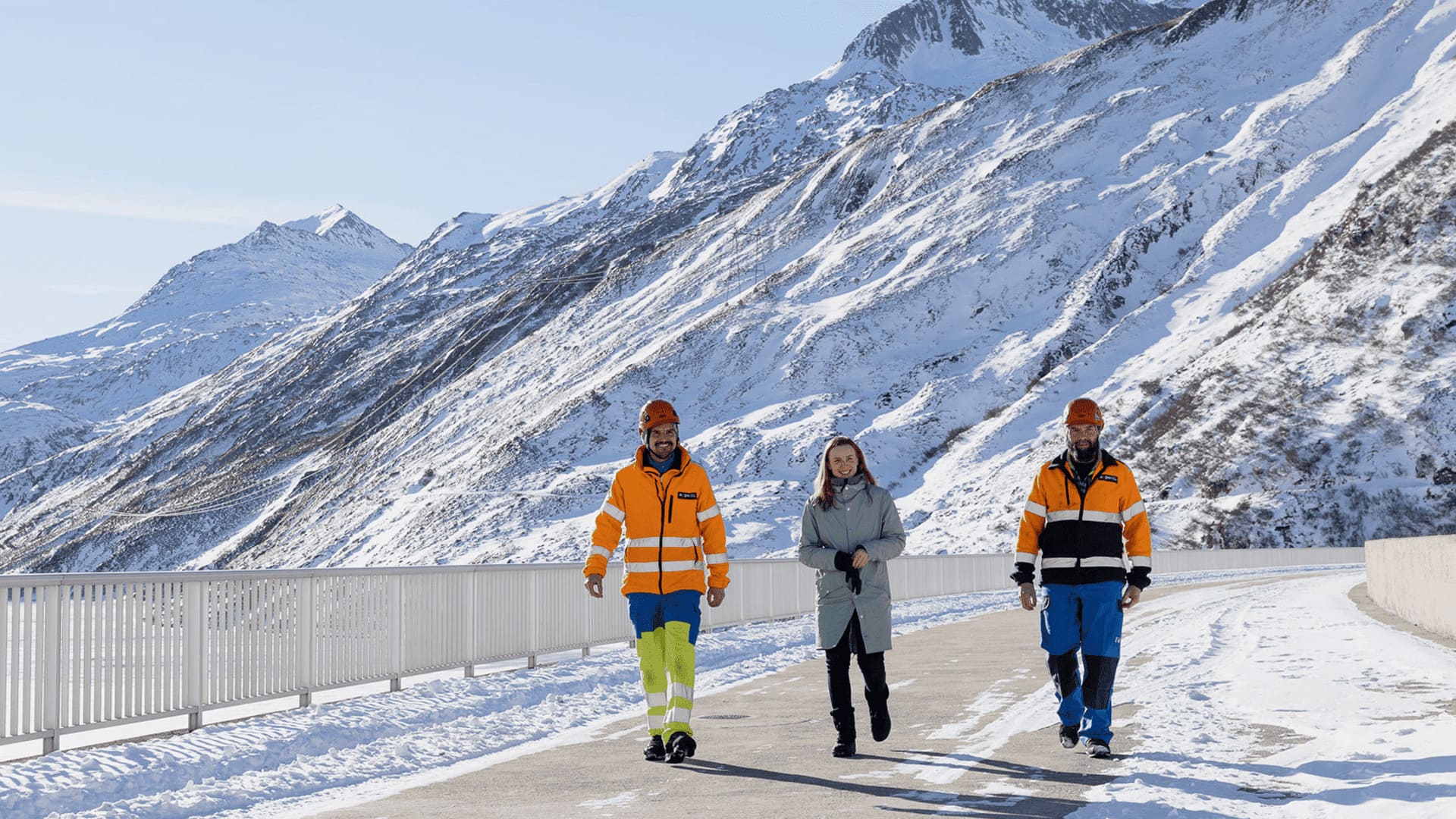09.09.2025 | European Energy Markets Monthly, September 2025
Geopolitics and supply dynamics weigh on European energy markets
Over the past month, most European energy commodity prices have declined. This reflected speculations of a near-by end to the Ukrainian war and strong supply conditions. Meanwhile, demand remained subdued for the time of year in the absence of sustained and widespread hot weather.
French nuclear output remained resilient despite temperature-related restrictions, with availability reaching its highest seasonal level since 2017. In its 2025 half-year results, EDF reaffirmed its nuclear generation outlook, maintaining forecasts of 350–370 TWh annually for 2025, 2026, and 2027. The company also confirmed a one-year extension of the operational lifetimes of the Heysham 1 and Hartlepool plants in the UK, now set to operate until 2028. Meanwhile, the restart of Switzerland’s Gösgen nuclear reactor has been postponed by six months, to February 2026, with the resulting generation shortfall expected to be almost fully offset by higher import volumes. More recently, strike action by energy workers in France has spread to at least six reactors, curbing output and pushing nuclear generation below 35 GW overnight. Wind power generation, however, reached a five-month high, helping to cushion the impact on supply and spot power prices.
On the fuels front, gas prices initially eased on expectations of additional Russian volumes, either via the LNG market following a removal of US sanctions, or through pipeline flows after a potential ceasefire in Ukraine. Neither scenario materialised, and prices subsequently rebounded. Meanwhile, however, Asia is set to receive several LNG cargoes from the sanctioned Arctic LNG 2 project, with the first in more than a year arriving in China at the end of August, testing the enforcement of US sanctions. In contrast, LNG sendouts to Europe declined as Asian restocking after high summer temperatures slowed storage injections. Nevertheless, subdued gas consumption allowed European inventories to reach 77% of capacity by the end of the month.
Lower gas prices enabled gas-fired plants to start competing with the least efficient lignite units in the merit order, potentially reducing demand for emissions certificates alongside June’s ongoing industrial slowdown. These bearish factors, however, were not sufficient to prevent EUA futures from edging higher. Expectations around the maritime sector’s integration, combined with declining free allocations and reduced auction volumes, kept carbon prices within a narrow range of 71–74 EUR/t during August, a range likely to be tested as EU countries debate 2040 emissions reduction targets this month. In contrast, coal prices fell to multi-month lows amid tariff disputes, geopolitical uncertainty, and weakness in the physical market. Meanwhile, the crude oil market displayed a different dynamic as physical balances continued to show tightness, while paper markets remained soft in anticipation of additional OPEC+ barrels entering the market.
Going into September, Europe is set to receive higher LNG sendouts compared to the previous month, while markets remain alert to potential US sanctions on China following its receipt of an Arctic LNG 2 cargo in August. On 8 September, the French government collapsed in a budget confidence vote, leaving President Emmanuel Macron to appoint a new government for the second time in a year, in the hope of advancing a deficit-reduction budget. In Norway, the Labour Party secured another four-year term in this week’s national elections. The outcome may influence the future of the country’s power interconnectors with neighbouring markets, particularly decisions on whether to renew expiring links.
Finally, attention will turn to the US, where the Bureau of Labor Statistics’ monthly inflation and labour reports will play a pivotal role in shaping the Federal Reserve’s decision on a possible September rate cut.
Disclaimer
This document is for information purposes only. None of the statements and notes constitutes a solicitation, an offer or a recommendation for conducting any transactions. No warranty, either expressed or implied, is given for the information contained in this document. Actions based on this document made therein are the responsibility of those who undertake them. All liability for damages, which may result directly or indirectly from the use of this document, is disclaimed.
The accuracy, completeness or relevance of the information which has been drawn from external sources is not guaranteed although it is drawn from sources reasonably believed to be reliable. Estimates regarding future developments and other forward looking statements regarding commodities and therewith connected derivatives mentioned in this document may be based on assumptions that may not be realized. Axpo reserves the right to change the views reflected in the document without notice and to issue other reports that are inconsistent and reach different conclusions from the information presented in this document.




.jpg)





